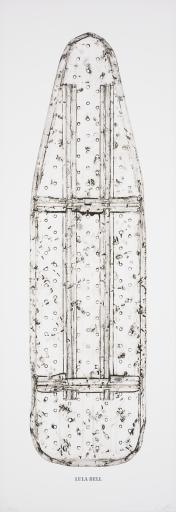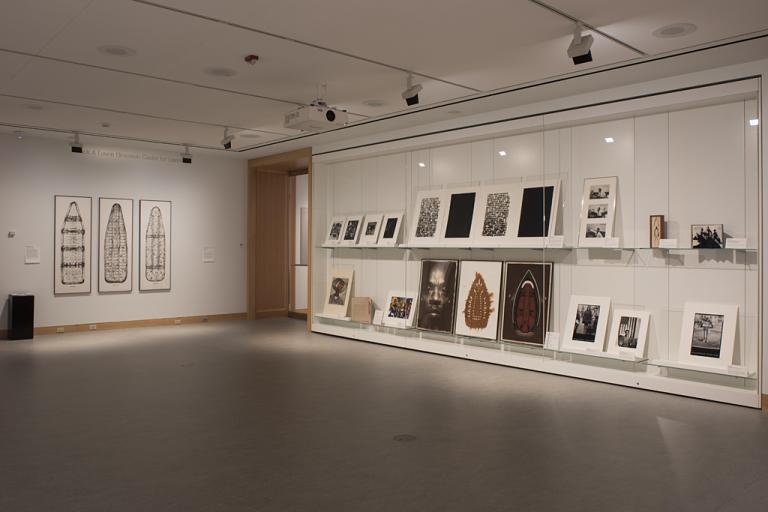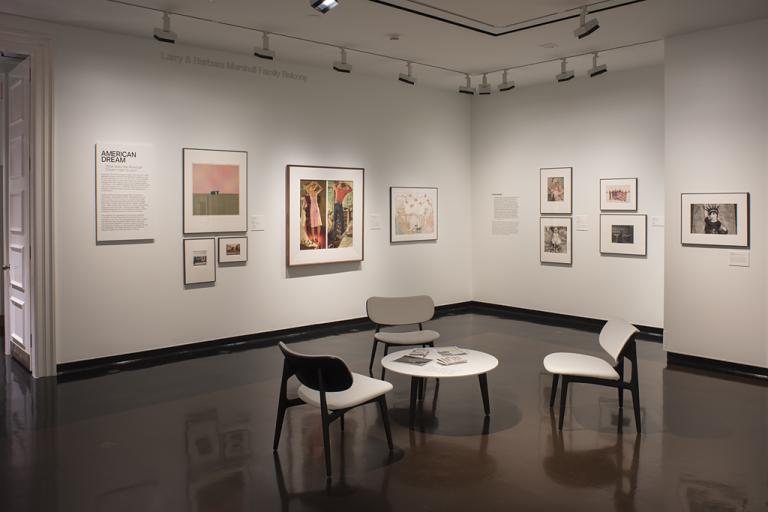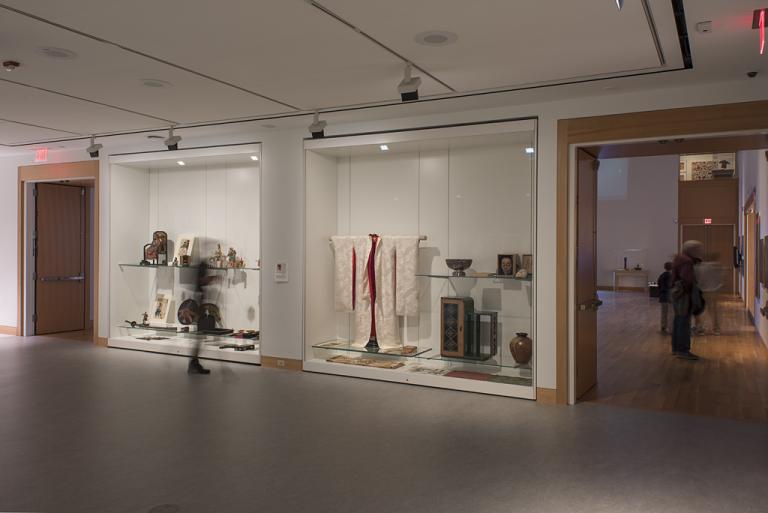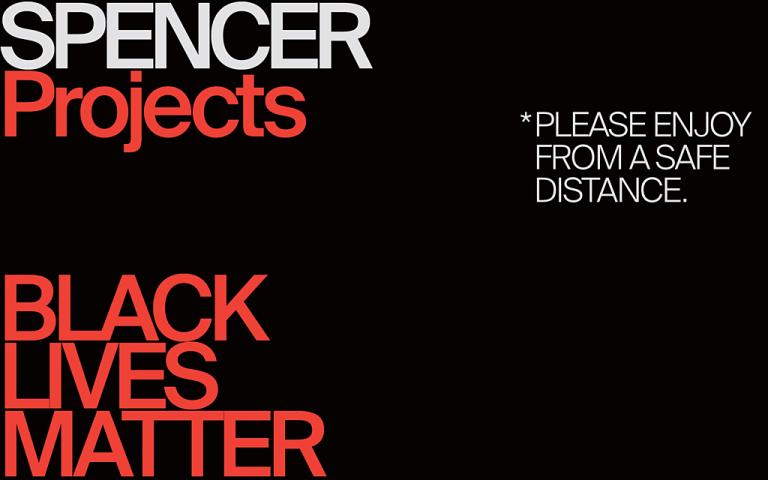Lula Bell, Willie Cole; Highpoint Center for Printmaking
Artwork Overview
Willie Cole, artist
born 1955
Highpoint Center for Printmaking, publisher
founded 2001
Lula Bell,
2012
Portfolio/Series title: Beauties
Where object was made: United States
Material/technique: intaglio; relief print
Dimensions:
Sheet/Paper Dimensions (Height x Width): 1613 x 572 mm
Sheet/Paper Dimensions (Height x Width): 63 1/2 x 22 1/2 in
Frame Dimensions (Height x Width x Depth): 63 3/4 x 22 3/4 in
Sheet/Paper Dimensions (Height x Width): 1613 x 572 mm
Sheet/Paper Dimensions (Height x Width): 63 1/2 x 22 1/2 in
Frame Dimensions (Height x Width x Depth): 63 3/4 x 22 3/4 in
Credit line: Museum purchase: Peter T. Bohan Art Acquisition Fund
Accession number: 2016.0033
Not on display
If you wish to reproduce this image, please submit an image request
